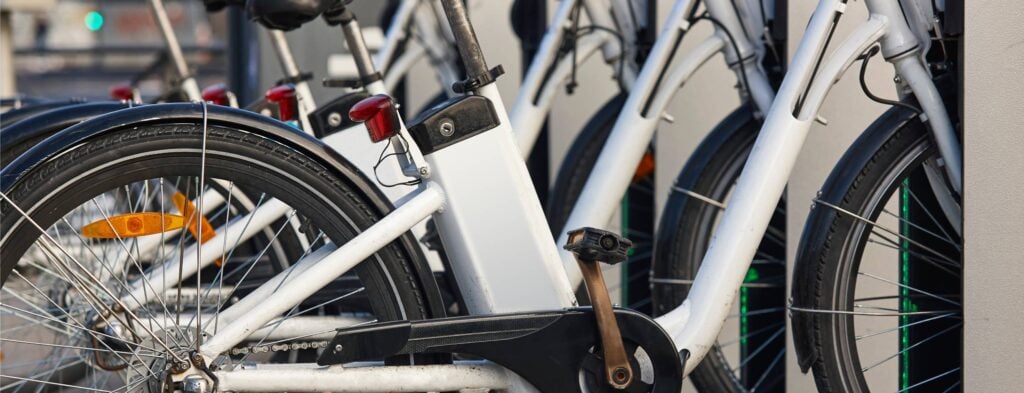
Most people don’t realize that one the biggest fire hazards is lurking in almost every corner of their home. According to the Fire Safety Research Institute (FSRI), lithium-ion batteries pose a dangerous fire hazard, and the danger is well not understood by many people. Extremity heat, faulty products, overcharging, and misuse may cause batteries to break down into smoke, flammable gases, and toxic gases. In some cases, these batteries may explode and cause rapidly spreading fires. Even more, FSRI’s research shows that you have less than one minute to get out of a battery fire, so it is necessary to be prepared in the event of an emergency. For this reason, the FSRI has launched the Take C.H.A.R.G.E. of Battery Safety Campaign.
The surge of popularity of lithium-ion batteries began in the late 1990s and early 2000s among the rapid growth of portable electronics. Lithium-ion batteries are now found almost everywhere, including cell phones, tablets, laptops, e-bikes, tools, power banks, bluetooth speakers, electric toothbrushes, and the list goes on. This means it is now more important than ever to learn about the dangers of lithium-ion batteries, so you can take C.H.A.R.G.E. of your safety.
The proper storage of batteries can help prevent damage or overheating the battery. Make sure to keep your batteries away from direct sunlight and heat sources. Instead, opt to store your battery in a cool, dry place. Disposing of your batteries properly is also important. Batteries should be stored away from anything that can burn. Additionally, never put lithium-ion batteries in the trash. When you need to dispose of a battery, recycle them at a local battery recycling location.
Make sure you stay safe when charging by plugging your devices directly into outlets, rather than into extension cords or multi-plug adaptors. For instance, a high wattage space heater should always be plugged directly into an outlet. Always use the charger provided by the manufacturer for the device being charged, and when in doubt, have an electrician test your existing circuits to ensure safe use.
The bigger the battery, the bigger the potential hazard. Car and e-bike batteries have some of the largest lithium-ion batteries available for widespread use. Among these, unregulated or tested e-bikes and scooters have the biggest risks. To ensure your own safety, only use devices or vehicles that have been certified for safety by a nationally recognized testing laboratory.
Learn More: Common Fire Hazards in Residential Homes >>
So, what steps can you take to ensure your own safety? The acronym CHARGE is helpful for remembering the most important facets of fire safety when handling batteries.
Lithium-ion batteries are extremely convenient, but it is important to recognize the dangers associated with them. With the growing use of lithium-ion batteries in everyday devices, it’s more important than ever to take proactive steps to reduce the risk and impact of accidents. The Take C.H.A.R.G.E. of Battery Safety campaign is a chance to educate your community on the potential fire risks of lithium-ion battery-powered devices. Make sure you remember the C.H.A.R.G.E. rules, to protect yourself and your property while using batteries.
$1,000.00
$822.00
$240.49
$119.49